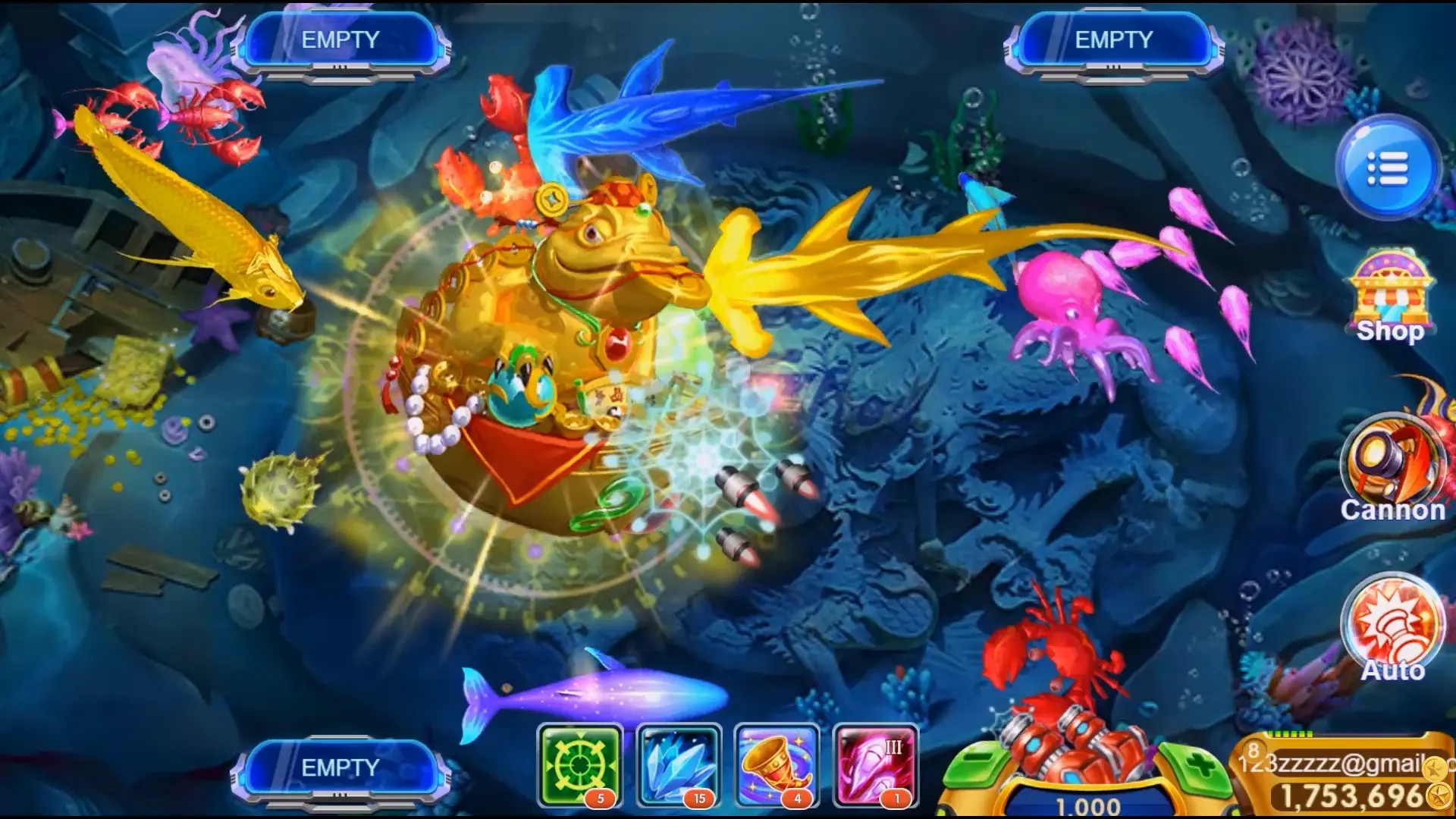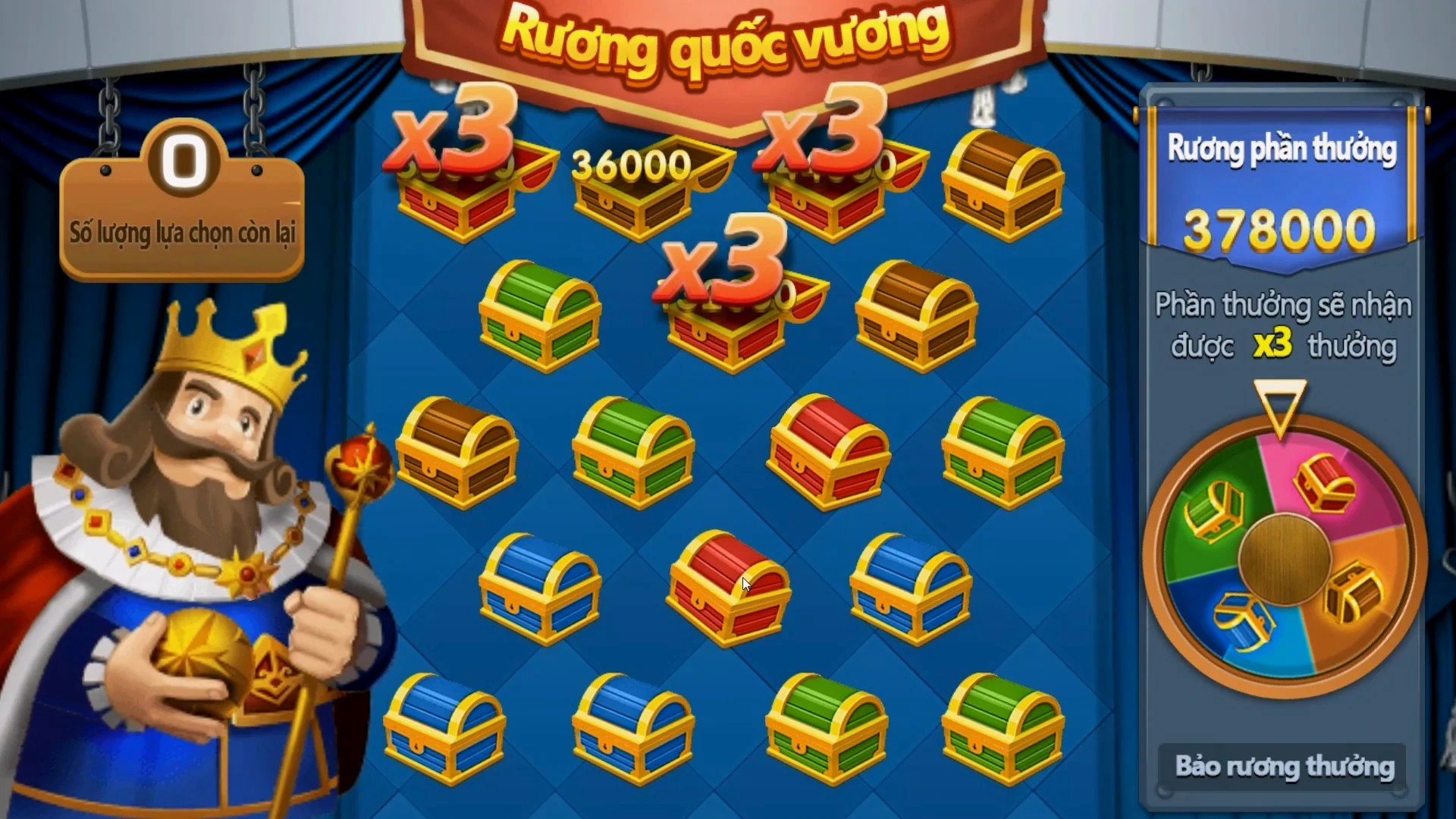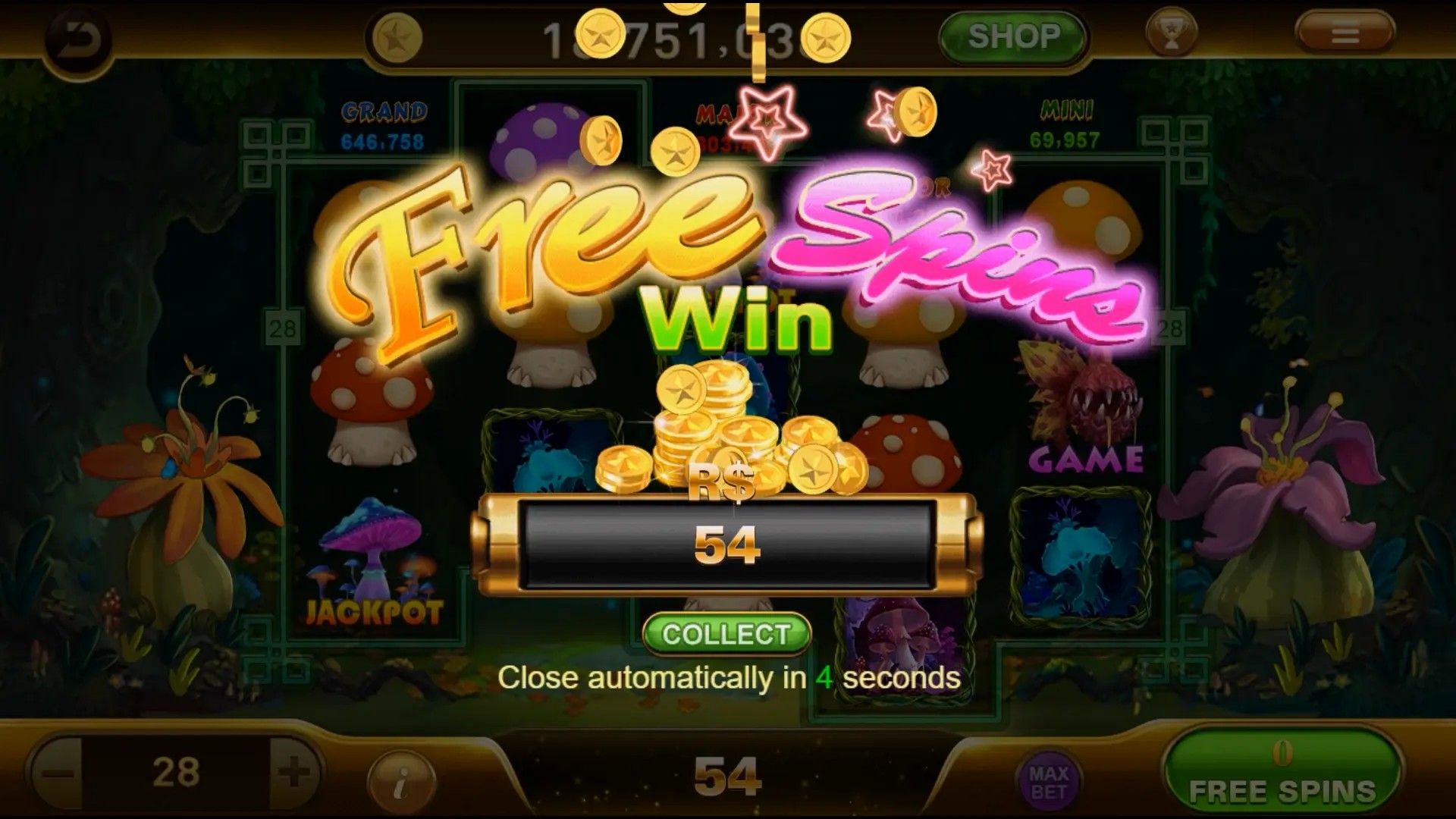Why Casual Games Are Dominating the Mobile Game Market in 2024 Casual games have taken over. Not in a flashy, headline-grabbing way — more like a slow but steady infiltration into our pockets, routines, and daily screen time. If you’ve opened your phone this week, chances are you’ve flicked a bird or matched some colorful tiles. These simple **game** mechanics? They're not child's play anymore — they're big business. And 2024 isn’t slowing them down.
What Makes Casual Games So Popular?
It’s not about graphics. No 4K textures. No intricate lore in **ps2 story mode games** from the early 2000s. What we see now is instant access. One tap. No tutorial wall. Just play. People in Hungary, Japan, Brazil — they don’t always want a 50-hour grind. They want five minutes of joy between coffee and the commute. Look at the core appeal: - Easy to learn - Playable offline - Short session time - Minimal ads (when done right) - Often free with optional in-app purchases You can’t say that for most **best rpg
open world games**. Those demand time, attention, a high-end phone. Not everyone wants Middle-earth on their lunch break. But
casual games deliver dopamine without demand.
Mobile Trends Driving the Rise

Smartphone adoption in rural parts of Hungary has exploded in 5 years. Now, more non-gamers are playing — grandmas swiping tiles, teens avoiding homework with hyper-casual runners. The market's expanded beyond core gamers. Developers adapted fast. They built smarter algorithms, smarter monetization — not aggressive pop-ups but rewarded ads. Watch 30 seconds → get extra moves. Simple trade. Below is a snapshot of user engagement trends in 2024:
| Game Type |
Avg. Daily Sessions |
User Retention (Day 7) |
| Casual Games |
7.3 |
44% |
| Hyper-Casual |
10.1 |
31% |
| Mid-Core |
3.5 |
58% |
| Hardcore RPG |
1.9 |
65% |
Yes, hardcore titles hold players longer once acquired — but acquiring them? Way harder. And casual? Low barrier = massive volume. Also, consider network effects. Send lives to friends. Challenge Facebook contacts. Even basic social layers keep people coming back. It's psychology dressed as gameplay.
Not Just Angry Birds: The New Wave

Today’s **casual games** aren't your 2010s nostalgia trip. Sure, some sequels exist. But innovation is bubbling under. We’re seeing hybrid models: 1. **Casual + RPG elements**: Think leveling up a pet in a puzzle game 2. **Story-rich
idle games**: Where narrative unlocks as you wait (yes, similar emotional hook to **ps2 story mode games**) 3. **Puzzle meets multiplayer**: Like collaborative word puzzles with live opponents 4. **Gamified productivity**: Cleaning virtual homes while "organizing" your mental space The line’s blurring. You don’t need a dark fantasy to make someone care. One underrated factor? Sound design. Ever noticed how squishy and *satisfying* bubble pops feel? Designers spend weeks on haptics and audio feedback. These tiny rewards trick the brain — like digital comfort food.
Why the Shift Matters for Players and Makers
For developers in Budapest or Debrecen, this shift is golden. You don’t need $2M budgets. A solid concept + clean UI + one viral loop = possible success. Many indie studios launched games that made six figures with teams under 10. On the flip side: sustainability. Hyper-casual games often peak fast and die faster. User acquisition costs are rising. Standing out? Hard. Key **要点**: - Monetization now leans on **rewarded engagement**, not spam - Cultural relevance matters — games tailored to Hungarian humor perform better locally - Live ops keep games alive: seasonal events, local themes (like Busó Festival minigame anyone?) - **Best rpg
open world games** influence design *behind the scenes* — even casual titles use loot systems and light progression now And here’s the irony: we mocked “time-waster" games 10 years ago. Now they’re the dominant **game** category by reach. They’re not replacing deep narrative adventures — just doing something different. Filling silence. Calming anxiety. Making the subway ride vanish. Final thoughts? Maybe the best games aren’t the most complex. The strongest emotional punch can come from something light. Something simple. Something you play one-handed while the world moves too fast. We don’t always need a 100-hour odyssey. Sometimes? A round of Solitaire will do.
Conclusion
The dominance of
casual games in 2024 isn’t a trend — it’s a reset. A reminder that gaming isn’t one thing. It’s a spectrum. From **ps2 story mode games** to bite-sized puzzle joys, the real winner is *accessibility*. Whether you're after immersive fantasy or just a moment’s escape, mobile has a **game** for that. And right now, the quiet kings — the casual, simple, delightful little apps — hold the crown.



